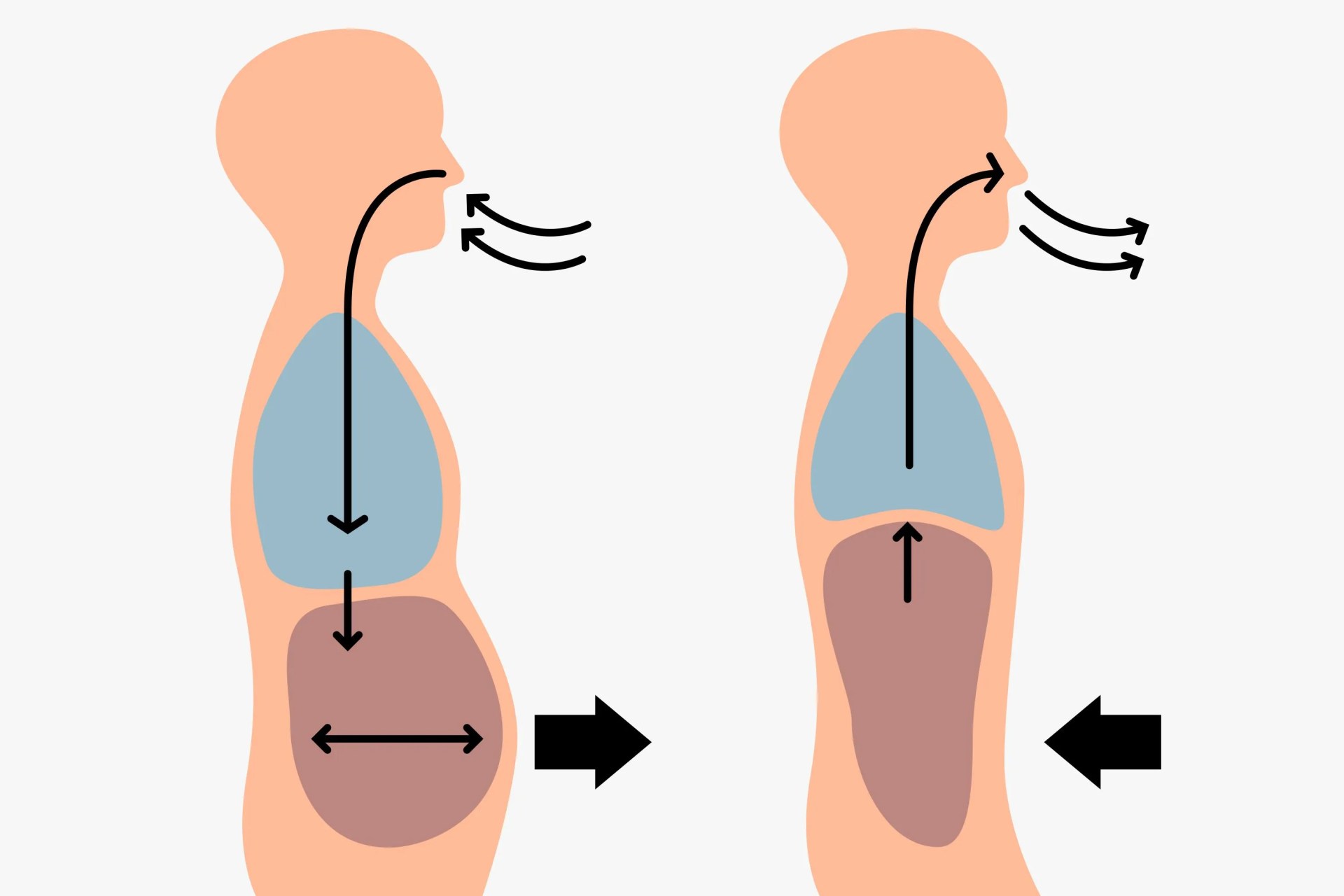Breathing is one of those daily acts, like walking, that you’ve likely never given much thought. You don’t need to consciously make the effort to inhale and exhale; your body just naturally ensures you’re pumping oxygen in and out to sustain your daily life. And yet, when you control your breath, you can unlock a slew of benefits that go beyond just keeping the lights on.
Breathwork can be an excellent, relatively simple practice for staying calm and stress-free. Below you’ll find a quick overview of the discipline as a whole, some key benefits to breathwork and some common techniques you can employ in your own regimen.
What is Breathwork?
Breathwork refers to a variety of techniques that focus on intentional, controlled breathing for the sake of better physical, mental and emotional health. Breathwork exercises can range from simply being conscious of your breathing to regulating the volume, cadence and intensity of your breath through set instruction.
The Benefits of Breathwork
Have you ever felt like your breaths were fast and choppy when dealing with anxious moments? Such situations can limit the amount of oxygen inhaled, triggering a fight or flight response. By taking the time to slow your breathing and control both your inhales and exhales, you can increase the level of oxygen in your bloodstream and communicate to your body that it’s safe to relax. Doing so can also slow down the mind in stressful situations, allowing you to attain better focus and clarity. Some of the same benefits are available in non-stressful situations. And breathwork is fairly easy to do.
Common Breathwork Techniques
Deep Abdominal Breathing

Start with, yes, a deep breath, filling your belly with air. As your chest rises with the intake and your abdomen becomes engaged, you’re helping stimulate your vagus nerve. This nerve is the body’s superhighway connecting the brain and abdomen, and stimulation helps increase serotonin, a natural, relaxation-boosting chemical.




